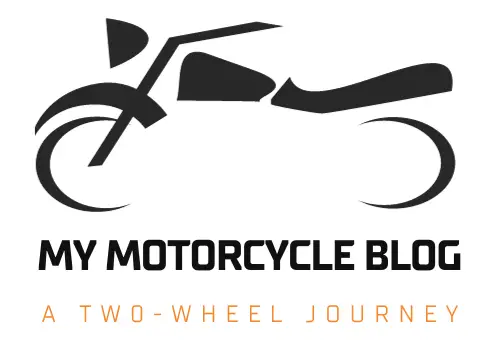You are done working on your motorcycle, and then you notice the next time you start your bike, the RPMs are off the chart. You make adjustments to the idle screw, but nothing changes with your high idle speed.
You think, what is going on with my motorcycle?
There might be a straightforward fix if you have a carburetor engine like my TaoTao TBR7 and its Chinese Dual-sport motorcycle cousin, the Hawk 250.
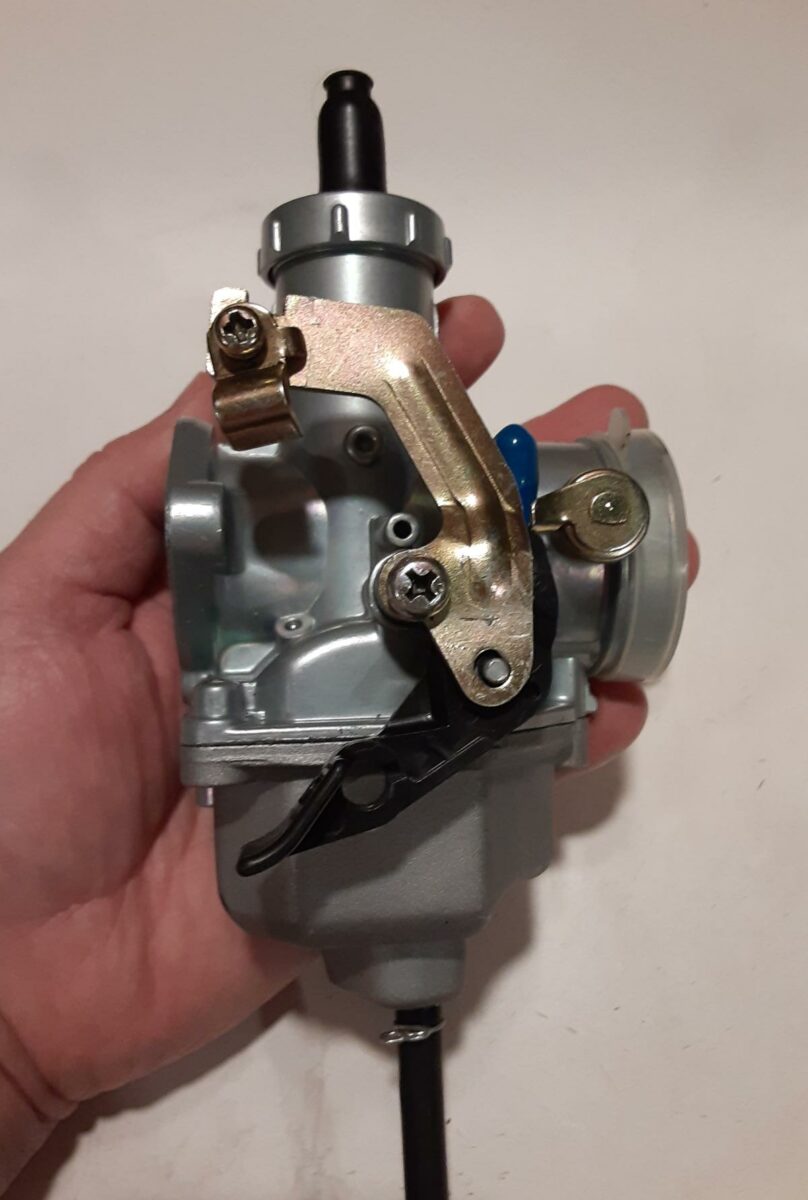
So Easy; you’ll remember it forever and not have this happen again.
The easy fix is related to the carburetor throttle slide being backward.
FYI, this post is an extension of my original post: Why Is My Motorcycle Idling So High.
FAQ: Hawk 250 Motorcycle Recommended Idle RPMs
FAQ: TaoTao TBR7 Motorcycle Recommended Idle RPMs
If you want to run off before reading the rest of this post, here is the fix. Unscrew the carburetor’s throttle slide cap, pull the throttle slide out, make a quick slide adjustment, rotate it 180 degrees, and then reinsert.
The throttle slide should be in its correct position now, and after a quick check after closing up the throttle body, you will find out.
Now you might have to adjust the motorcycle engine RPMs again with the idle speed screw because you might have cranked that screw entirely out trying to adjust for the high RPMs originally, but this, too, is an easy fix.
Once the bike is started, adjust the motorcycle engine to the correct RPMs.
That should be the simple throttle slide adjustment fix, and you can go on with riding, but if you want to read about what I learned by doing my own TBR7 motorcycle carburetor upgrades, please feel free to.
The more I spend learning about something, the more I remember fixes and ways to prevent making simple mistakes in the future.
A Simple Carburetor Upgrade Or Throttle Body Cleaning Did This?
This high idle RPM issue is so common that once you figure out what is causing it, it will be a silly moment.
High RPM after a throttle body cleaning is common, and so is the fix.
Is This A Carburetor Too Rich Or Too Lean Condition?
No, the Carburetor is not too rich or too lean.
Oddly, your carburetor is working great if your bike started up and went directly into high RPMs with no sputtering or backfiring.
This is simply a throttle slide too far open, allowing more fuel/air into the engine. The motorcycle engine is doing what is expected, generating more power and producing a high idle RPM.
Quick Review: How Does A Throttle Slide Work?
A carburetor throttle slide is a control device limiting, yes limiting, the amount of fuel/air getting into the engine. The throttle slide controls how much fuel/air gets into the engine by throttling the air/fuel flow.
An engine will take as much fuel as possible, trying to run faster and faster. When under load, like riding your motorcycle, resistance like air, road, and weight limit the max speed of the bike and the engine.
Under no-load conditions, at idle, the actual limit to the motorcycle engine is internal friction points, which are minimized by a lubrication system, and the amount of fuel the engine receives. So at idle, the motorcycle engine is very sensitive to the throttle position.
Don’t we all like revving the engine with the hand-grip throttle because of how responsive the motorcycle engine is, and it just pops to high RPMs?
The carburetor throttle slide is popping open and closing fast, and the engine is responding with increasing engine RPMs.
Example How The Throttle Slide Backwards Causes High RPMs.
I will use the stock carburetor that came with my TaoTao TBR7 motorcycle, labeled PZ30.
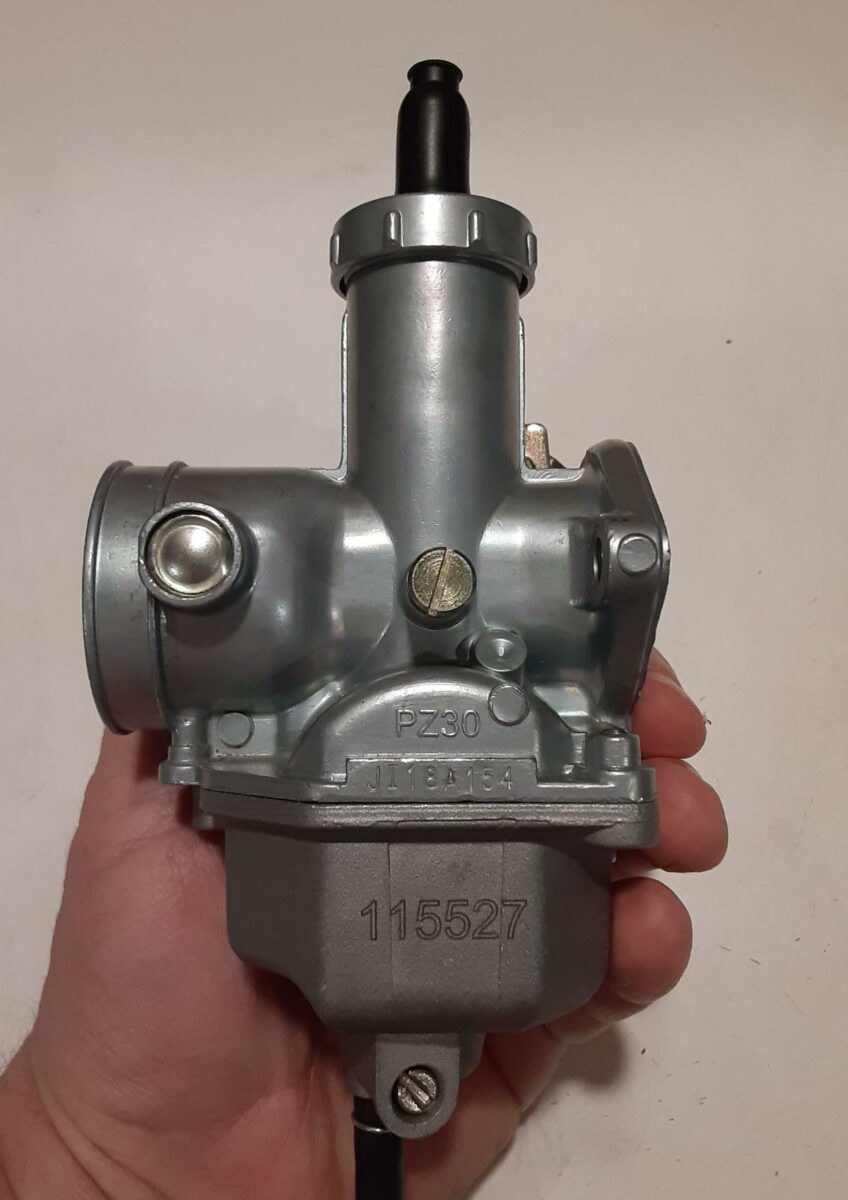
Not my Mikuni TBR7 Carburetor(VM-26) in this example. This Mikuni Carburetor (with jets) is often the first carb upgrade people do to their TBR7 and Hawk 250 motorcycles. So expected I would use that carb, but not for this example.
So often, this is the same carburetors we all learn the meaning of a backward throttle slide problem.
A Properly Seated Carburetor Throttle Slide.
We will use the view of the carburetor from the carburetor outlet(inlet side of the motorcycle engine). The Mikuni Carburetor uses a flapper-type choke on the inlet to control air into the carburetor. This choke flapper interferes with seeing the throttle slide well on the carburetor’s inlet.
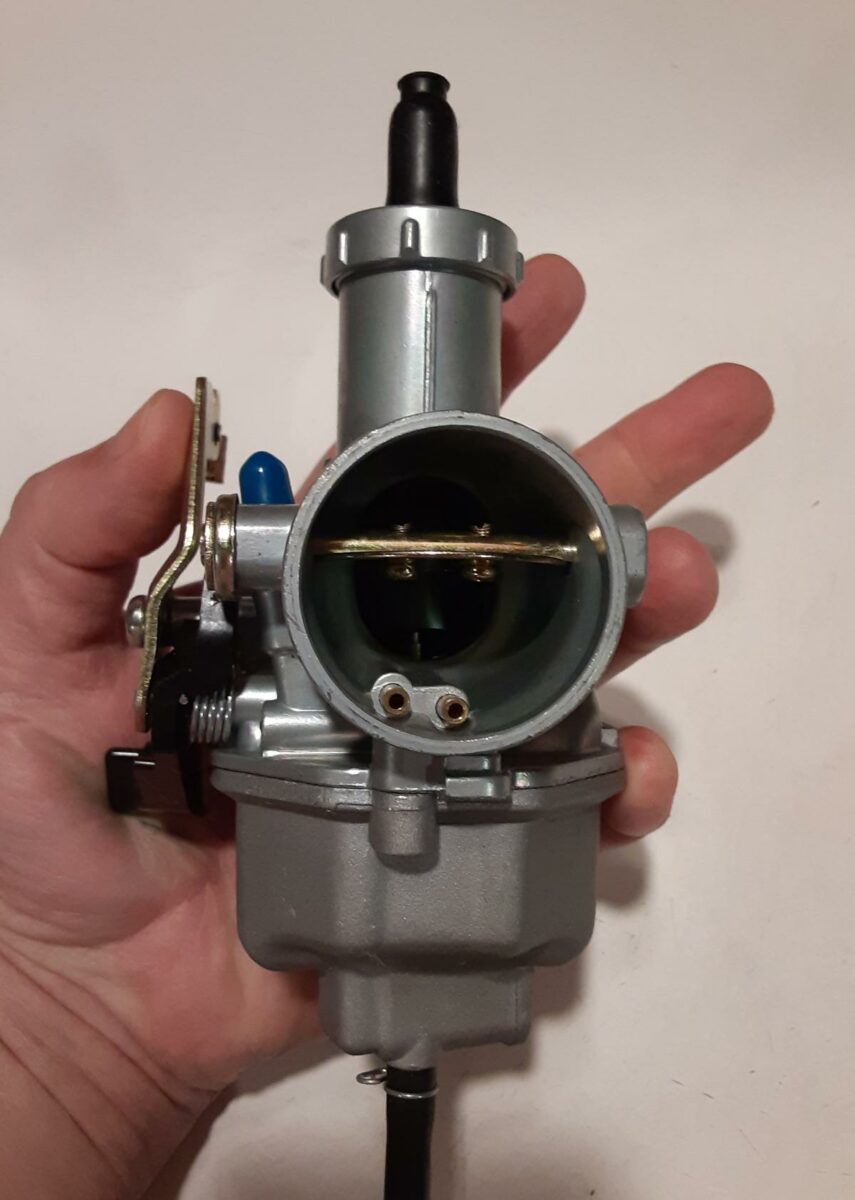
This will differ from other carbs like the Nibbi carburetor upgrade I have, the PE-30, the choke(enriches the air/fuel ratio) by increasing the fuel flow through an internal port.
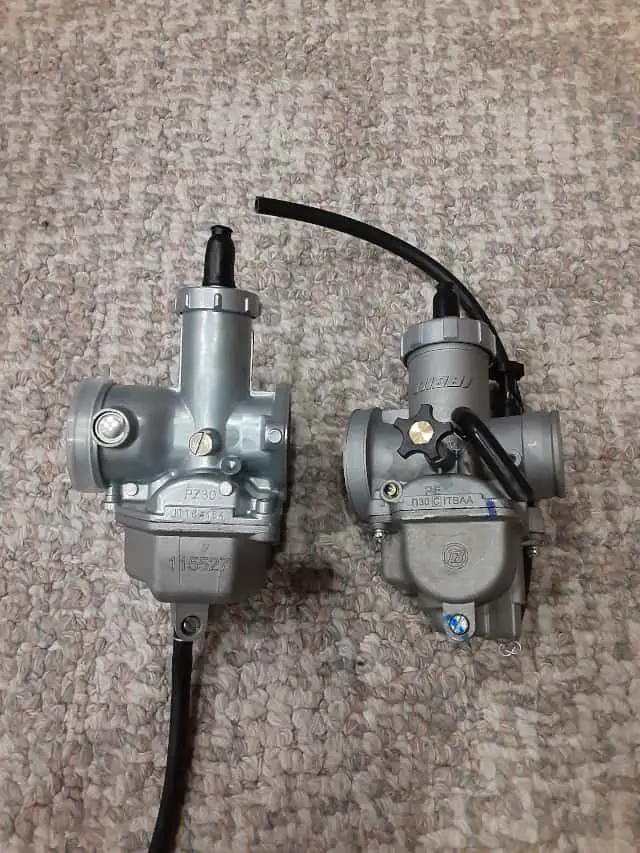
Read more here: Nibbi Carburetor Choke Open Or Closed Position?
It might be too much information, but I wanted to avoid any comments about my method of covering this topic.
Here you see the carburetor air outlet of the PZ30 Carburetor with the throttle slide properly closed or seated.
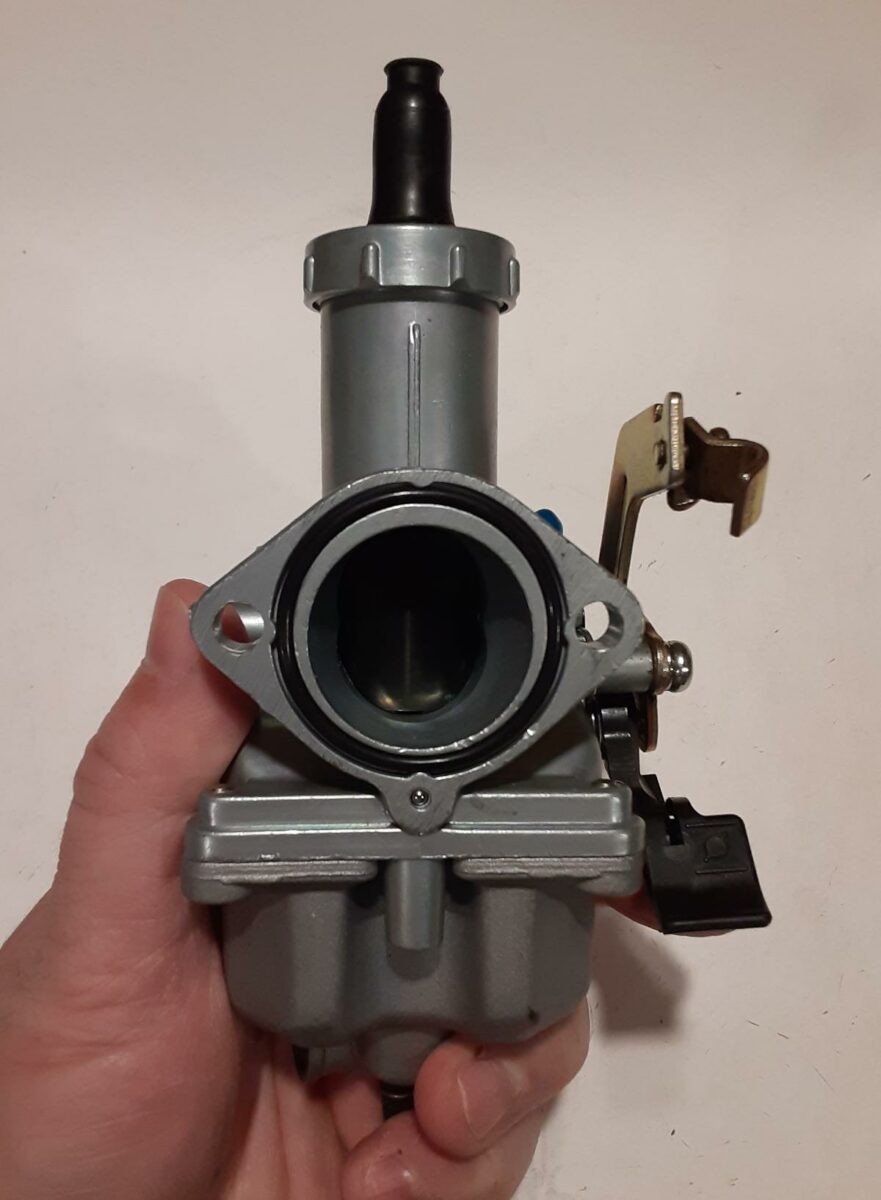
Notice some opening for a small amount of fuel and air to exit and enter the engine intake.
Will Cover How The Mikuni Carburetor Idle Adjustment Screw Works.
This should be very similar to other carburetors, and if you have the stock TBR7 carb or Hawk 250 carb, it works the same.
With the throttle slide adequately seated, the throttle slide position will respond to idle screw adjustments. How close the throttle slide goes is controlled by how far in and out the idle screw is adjusted.
There is a ramp against the side of the throttle slide, that as the idle screw is turned clockwise(inward), more of the screw pushes against the throttle slide, increasing the throttle position upwards/open.
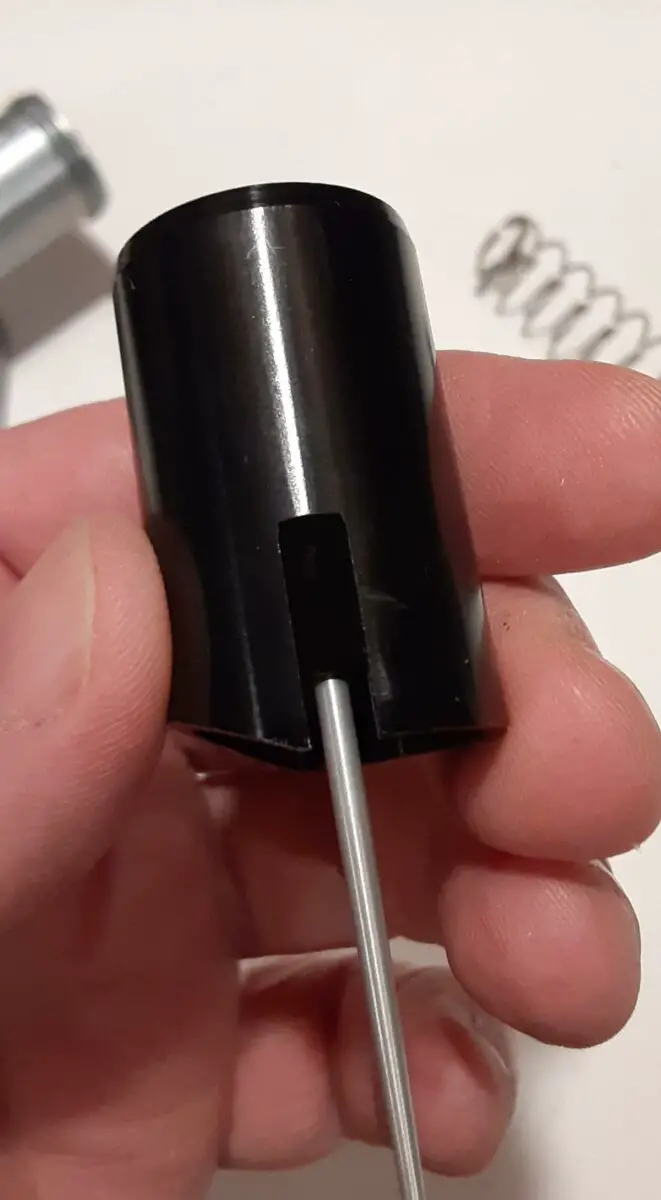
The idle screw allows for a minimum amount of fuel and air to always get into the engine.
If you turn the idle screw counter-clockwise(outward), less screw is acting against the throttle slide ramp, and the throttle slide is allowed to go further closed. We are reducing the minimum fuel and air getting into the engine and slowing down idle RPMs.
The Slide Is Round; What Prevents It From Spinning Around?
This is important as we work towards how the throttle slide being backward can cause high RPMs at idle.
Preventing the slide from rotating is vital since each time you close(or release the throttle cable), the throttle slide closes, and the throttle slide idle ramp should come to rest on the carburetor idle screw.
On one side is a groove that runs the entire length of the carburetor’s throttle slide. I initially thought this groove was there to install the throttle cable, but it does serve an additional purpose.
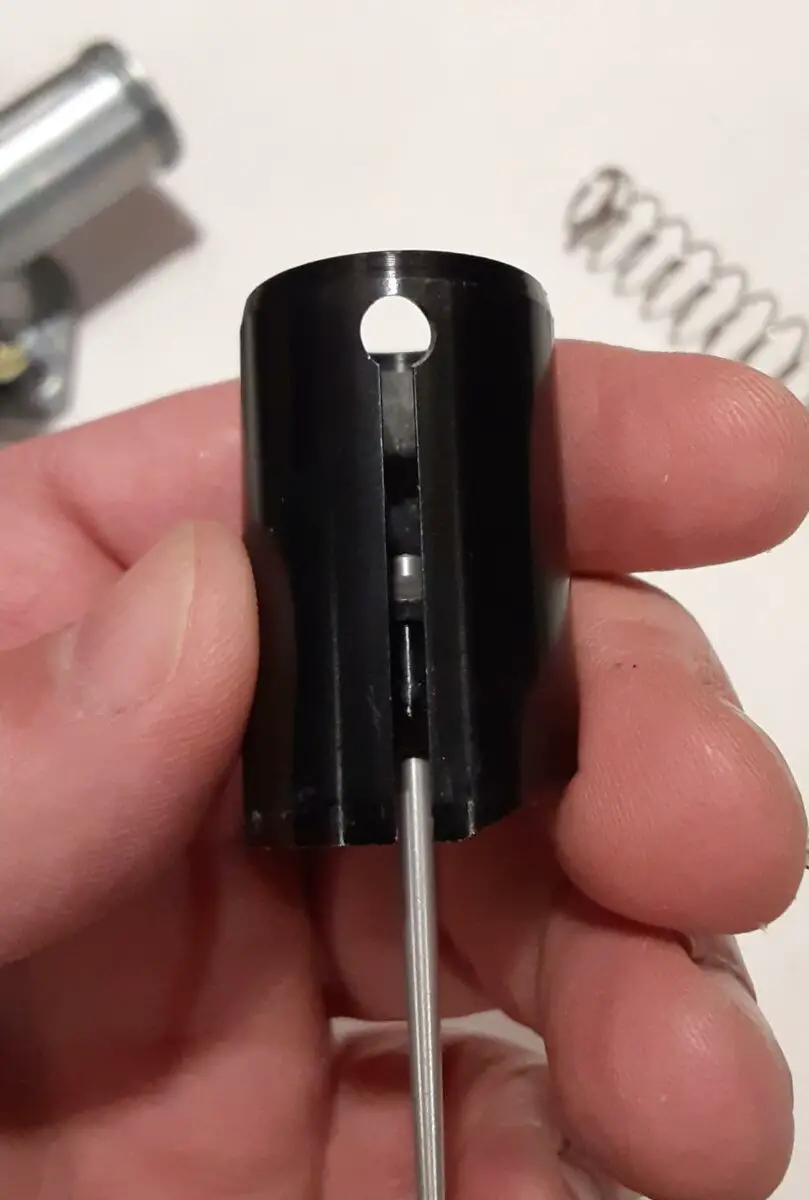
On the inside of the throttle body is a projection, a throttle slide guide. This projection rests inside the full-length throttle cable slide groove. This guide allows the throttle slide to move up and down(open and closed) without rotating, so each time the throttle is released, the idle speed ramp comes to rest on the idle screw.
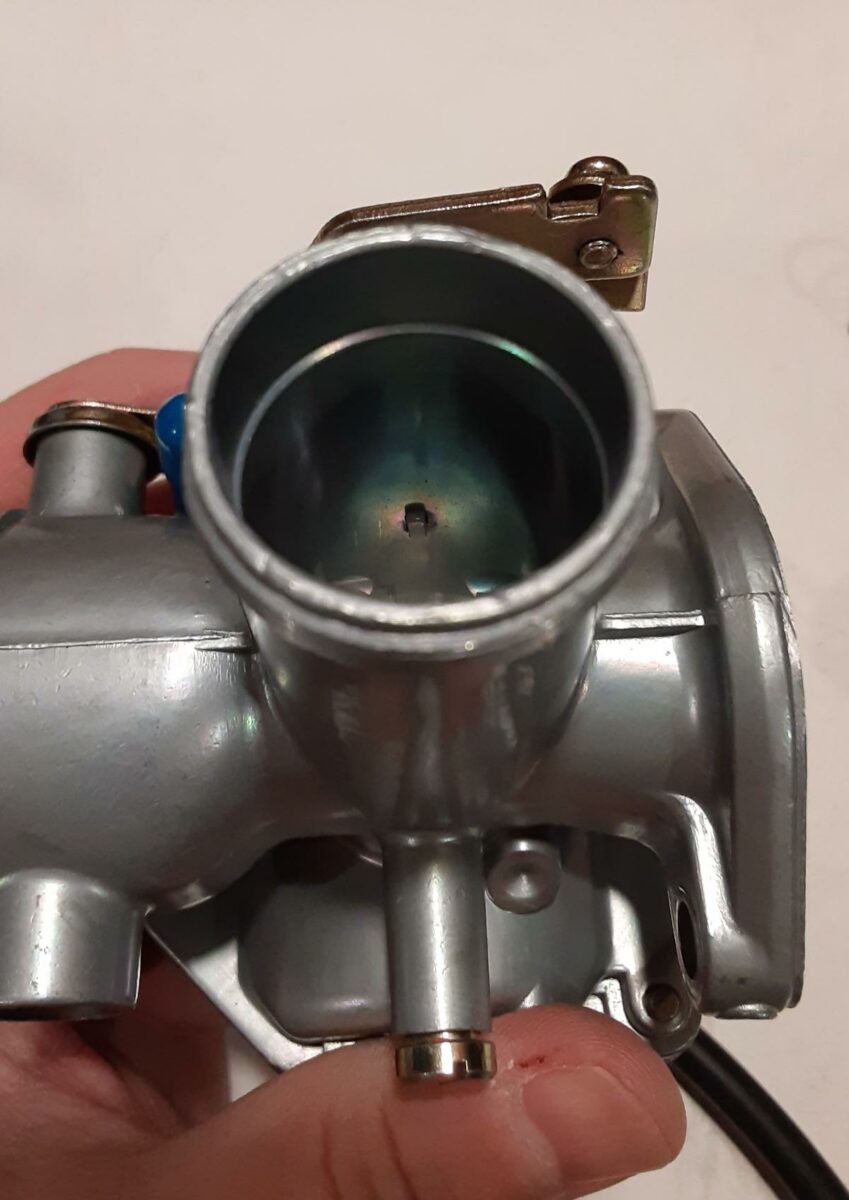
How A Backwards Throttle Slide Affects Engine RPMs.
Covered how the throttle slides idle ramp, idle screw works get other.
I also covered how the throttle slide cable groove and throttle slide guide work together.
Now, what happens when they work against each other?
If the throttle slide is rotated 180 degrees from normal backward, the idle ramp will rest against the throttle slide groove.
The idle speed screw will be positioned inside the throttle slide cable groove, acting against nothing.
The throttle slide groove guide and the idle speed ramp will work together, holding the throttle slide open to an abnormally higher(more open) position and causing more fuel and air to make it into the engine even when the hand throttle is not twisted.
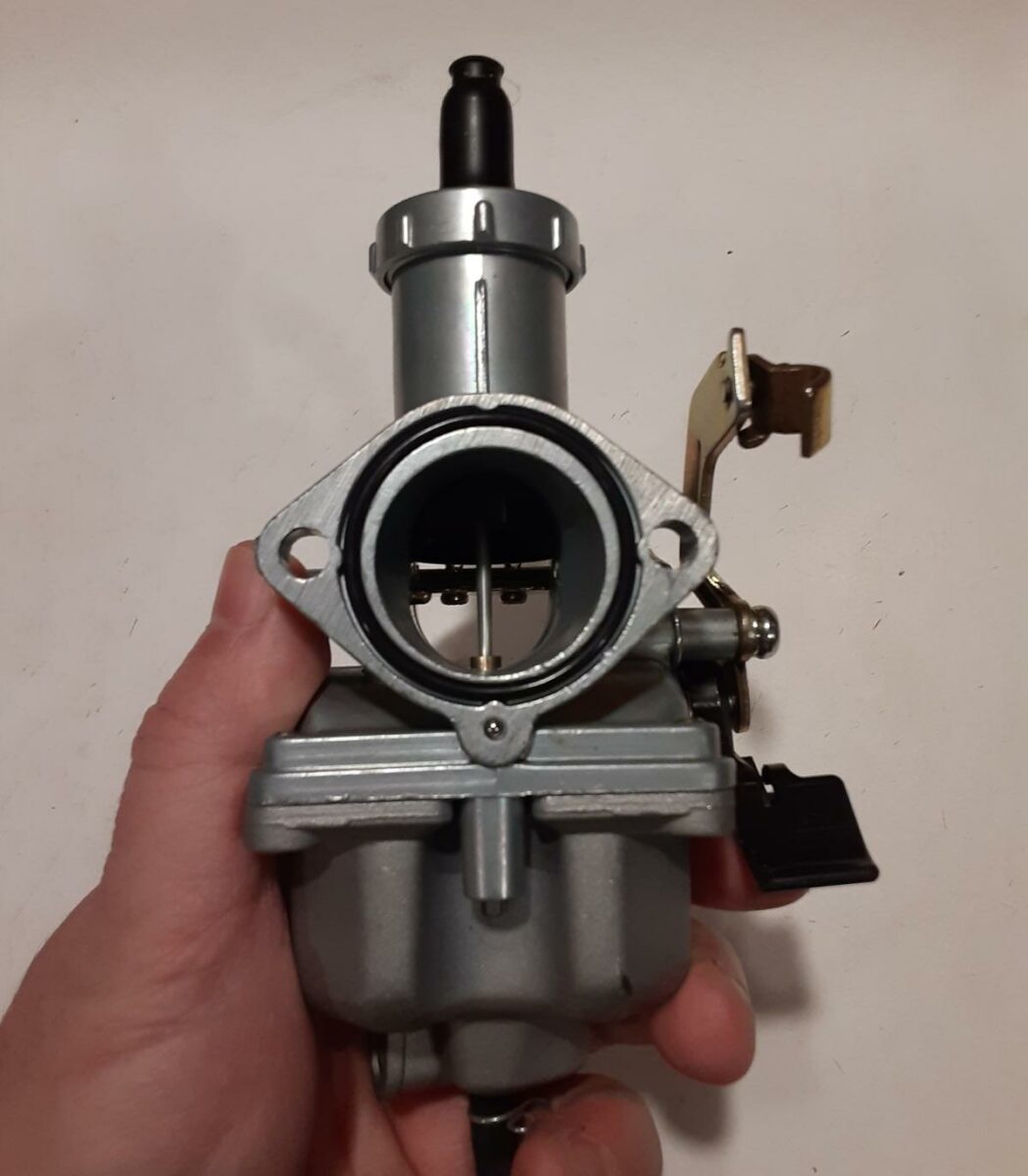
So the idle speed/RPMs will be very high.
Since the idle speed screw is acting against nothing on the throttle slide, the engine RPMs will not change as you change the idle screw.
Now we have covered the reason for the high idle RPMs, you can better understand how the simple fix of just identifying the throttle slide was backward, and making a simple adjustment to rotate the throttle slide back into the proper position, fixes everything.
FAQ: TaoTao TBR7 Motorcycle Recommended Idle RPMs
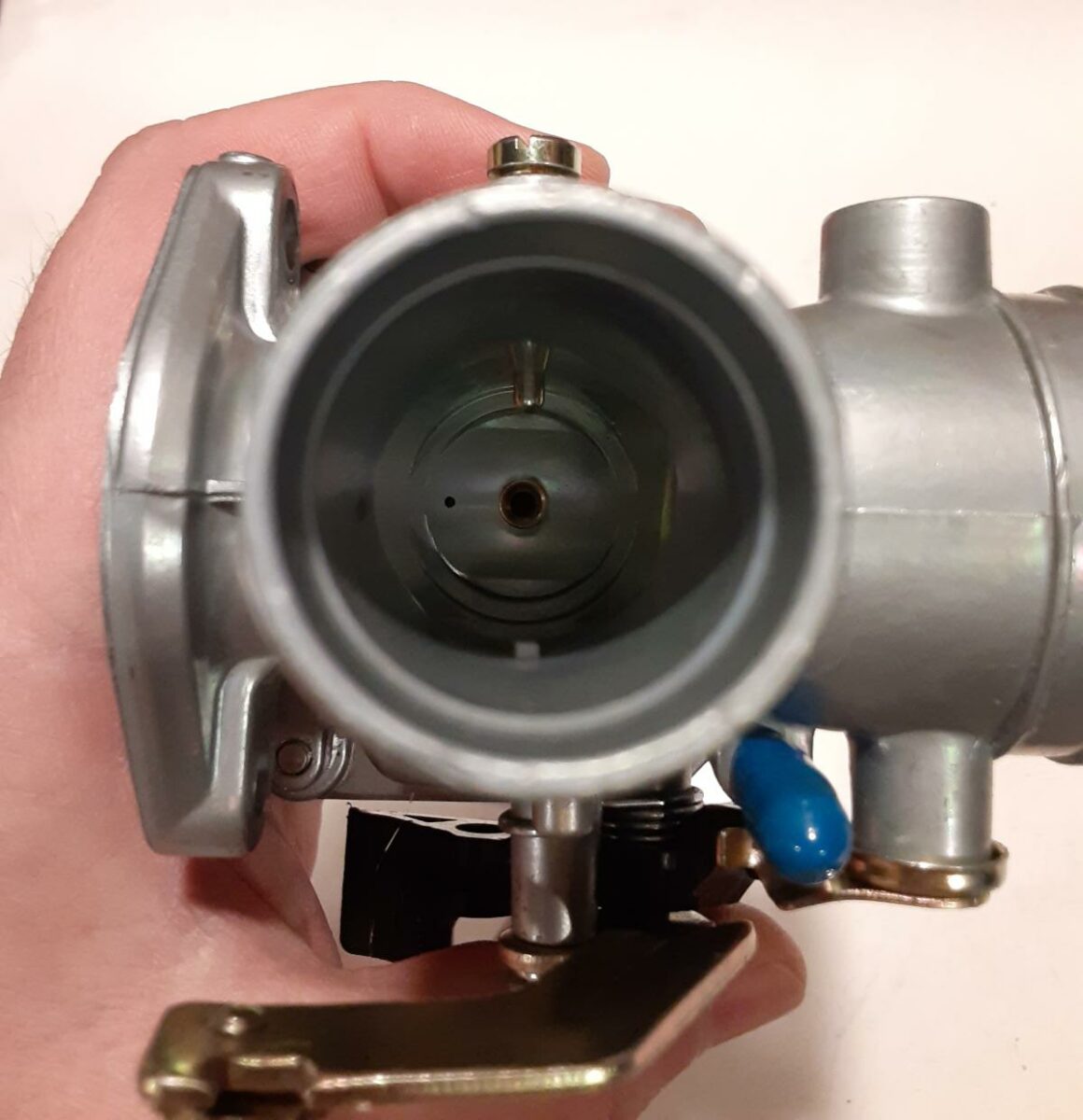
Long post, but sometimes a better understanding of a problem on your motorcycle, dual-sport, or dirt bike with a carburetor, will minimize frustration and prevent the problem before it ever happens.
Quick Recap: Which Way Do Throttle Slides Go?
The throttle slide cable groove is on the same side as the throttle slide guide(opposite the idle screw side of the carburetor). The throttle slide idle ramp is on the same side as the carburetor idle speed screw.
Leave a comment or feedback, please; I appreciate hearing your ideas.
Ride Safe, Ride Fun!

Hi I’m Tom, A New Motorcycle Rider and Blog Author.
I am a new rider(Pa Learners Permit at the end of 2020, and I received a Pa Motorcycle License in 2021 after passing a Motorcycle Safety Course).
I bought my first motorcycle, a TaoTao TBR7, at the beginning of 2021 and have been doing upgrades on that motorcycle since.
I added to my motorcycle collection by buying a Boom Vader Gen 2 in 2022, and that Grom-Clone motorcycle has been upgraded by me as well.
I continue to ride my Boom Vader Gen 2 motorcycle as well as my TaoTao TBR7 dual-sport bike.
Read more on my About Me page.
Fun Fact: I’ve only been on one group ride.
